Ever bought a gallon of milk, looked at the best by date, and thought to yourself, "So how many days before all bets are off and drinking this will make me go full Linda Blair in 'The Exorcist'?" You may think the answer is clear—it's right there on the package, right?—but you can find no shortage of people who will tell you "Nah, bro, that's just a recommendation. You've got another week at least."
But what about the best by dates stamped onto the supplements you buy? Should you worry that you'll get sick if you consume the supplement past its expiration date, or short of that risk, that the product won't be as effective as it once was? Or is best by dating totally foreign to you?
The answer—you guessed it!—isn't simple. So let's unpack best by dating before my time runs out.
The Rules on Expiration Dates for Supps
It may surprise you to learn that the U.S. Food & Drug Administration (FDA), which is responsible for regulating dietary supplements, doesn't actually require expiration dates (or "shelf life date", or "best if used by" dates) to be included on the supplements you buy. The reason the FDA came to that conclusion was because no scientific consensus existed at the time—and still doesn't—to implement an across-the-board rule for any given supplement.
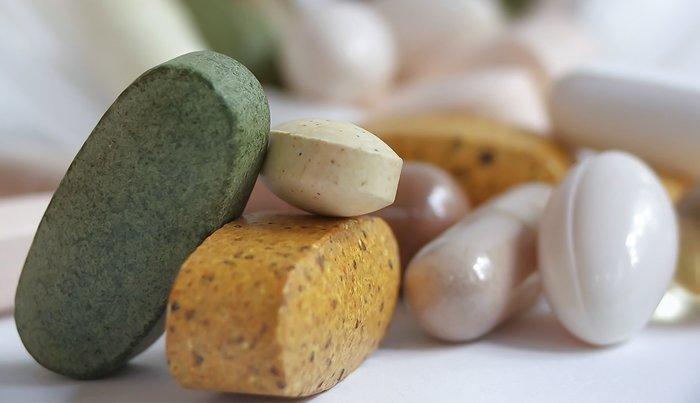
In other words, to mandate a specific shelf life for a protein powder or botanical, for example, is irresponsible and unscientific because there is no single shelf life across all possible applications. Therefore, the FDA chose not to require an expiration date on supplements. (If you'd like to read the FDA's full position on the arguments for and against standardized expiration dates, you'll find it within the Federal Register Rules and Regulations, volume 72, No. 121, dated June 25, 2007, Part II of the Department of Health and Human Services Food and Drug Administration, 21 CFR Part 111, Subpart K and beginning on page 34855. Enjoy!)
So the inclusion of a date is up to the companies themselves. But before you assume that no expiration dating for dietary supplements may be some example of the dietary supplement industry manhandling our federal government into allowing an anything goes, wild wild west (no, not the Will Smith and Kevin Klein flick) situation, think again. Whether a company does or doesn't stamp their product with shelf life dating, that company still has very clear obligations to you, their consumer.
If a product is marketed without a best by or similar expiration dating, then the FDA requirement is very clear: That product must meet all identity, purity, potency, and composition specifications marketed, no matter when the supplement is purchased. Alternatively, if a best by or similar date is on a product or promoted by the company in any way, then that supplement company must have valid data to support the identity, purity, potency, and composition of that product up to that date.
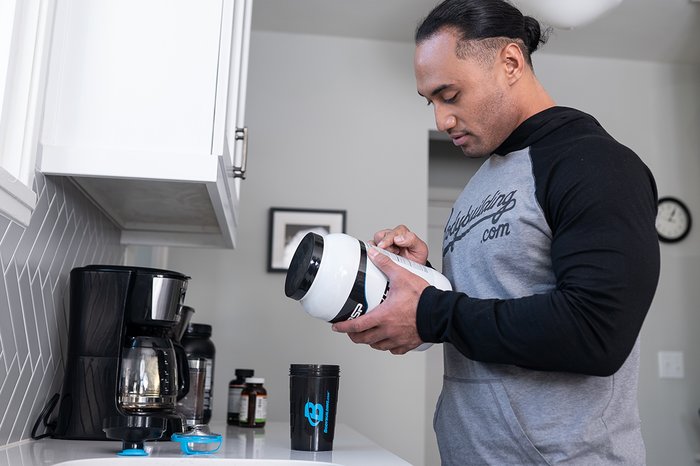
In other words, you as a consumer are supposed to be guaranteed that:
- What's on the label is actually in the product.
- No other ingredients are in the product that aren't listed on the label.
- The active components listed on the label or marketed by the company are present within each serving of the product at 100 percent of label claim (an 80 percent exception applies under some circumstances).
- The product is safe to consume whenever the product is purchased prior to its shelf life date or at any time if no such expiry dating is provided.
It seems obvious that it's in a company's best interest to invest in shelf life testing of its products, if only as a way to limit that company's long-term legal liability—right? Unfortunately, in my experience within sports nutrition, only about 10 percent of the companies do such analytical investing.
Safety Versus Potency
All food grade products eventually expire and can become potentially unsafe to consume. This includes not only conventionally defined food and drinks, but all of the various subclasses including dietary supplements, infant formula, and medical foods contain certain microbiological organisms; no such product being free of all bacteria.
But isn't bacteria hip right now? Not this kind. Probiotic supplements are examples of "good" bacteria (microbiologicals). E. coli, Staph, Salmonella and Listeria are just a few of the micros that you don't want to have present within the foods (and powders, liquids, and pills) you consume.
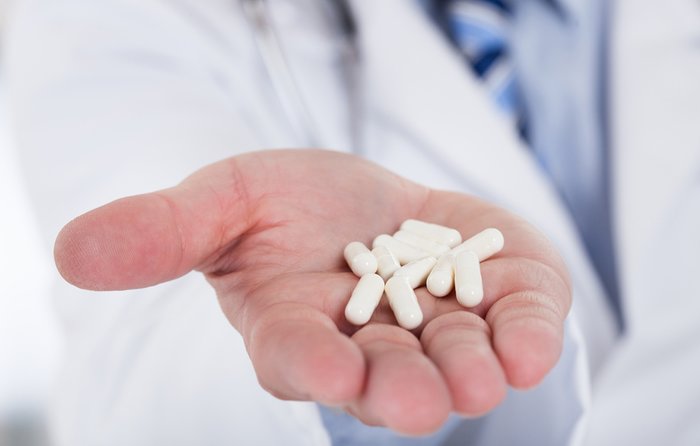
Depending on the unique physical properties of a product and its storage conditions, once safe levels of total plate counts, yeasts and molds, total coliforms, or other micros and mycotoxins can grow and populate into harmful levels over time. In addition to determining when a product may be unsafe to consume because of microbiological growth, products can also lose their potency (efficacy and strength) over time.
Here are few recommendations for specific products:
Protein bars: Some products, especially those with more water activity and moisture present, are more likely to become unsafe the older they are. For this reason, protein bars are definitely something you should consume by or before their marketed best by date.
Vitamins: This is a case where the risk isn't as much spoilage as declining potency. Vitamin C, for example, is an antioxidant. If someone were to formulate a product containing vitamin C with just 100 percent of the amount of vitamin C listed on the label, science shows that the actual dose of vitamin C present immediately after production would be significantly higher than the amount of active vitamin C present at 12, 24, 36 months and so on. The same can generally be said for all of your vitamins and many plant-derived bioactive supplements.
Fish oil: For fatty acids, oxidation is particularly problematic and is why so many fish oil supplements include vitamin E or other natural antioxidants in the formula, such as rosemary extract, to extend the shelf life of the primary active ingredient—the essential fatty acids. Don't push these beyond the date.
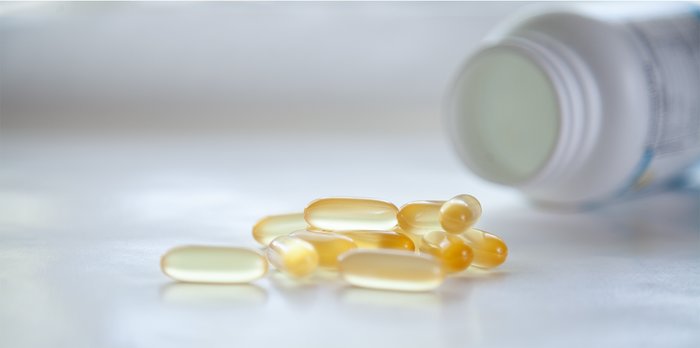
Minerals: Mineral supplements, such as zinc or magnesium, aren't going to degrade in our lifetime. Potency at expiration is less of a concern for them—as long as they are a purely mineral-based supplement. The more other ingredients are in a mineral-containing supplement, the less this is true.
Keep in mind that only those "active ingredients" and amounts listed within the Supplement (or Nutrition) Facts panel, or marketed elsewhere on the label or within the company's product marketing, are the amounts that the FDA requires be present at 100 percent of the claim on the label. If, for example, an ingredient is included only within the "Other Ingredients" list—for example when rosemary extract is used to help prolong the shelf life of essential fatty acids—then the company is making no claims to that particular ingredient's potency over time.
What to Do If Your Supplement Is Past Its Expiration Date
Protein is getting its own discussion here, because it's just so popular—and because who among us hasn't found an expired protein canister somewhere in the house and wondered about it?
Though there are exceptions to a company needing to test every new product, it's safe to assume that companies that put a best by date on their products have documentation available to support that supplement's stability to at least that date. Alternatively, if no expiration date is included, then the company also must have scientific substantiation to verify that their product meets all label claims for potency and is at least safe to consume, no matter when the product is eventually purchased and consumed.
But what should you do if you have a supplement or protein powder that's past its expiration date, or that you've had for longer than you can remember?
First, most guarantees of potency go out the window if the packaging or bottle has already been opened, and if it's years old. As a rule of thumb, there's no reason a freshly purchased—and intelligently formulated—supplement in powder or pill form (two-piece hard-shells, softgels, and tablets) shouldn't remain potent and safe to consume for at least 90 days after first being opened.
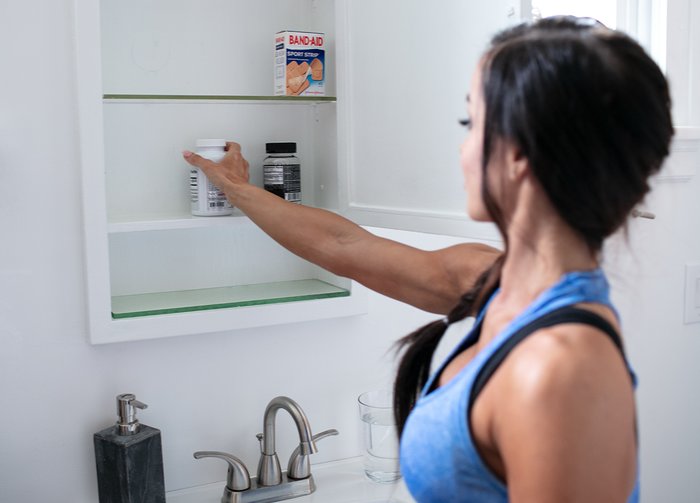
But there's a caveat. It should be potent and safe as long as you:
- Store it in a climate controlled, dry, cool place, or in the refrigerator.
- Always handle the product with thoroughly washed and clean, or protected hands. Even when you use a scoop, you need clean hands, people!
- Don't leave the product exposed to direct sunlight, heat, or humidity.
- Properly reseal/close the container immediately after each use.
- Do not leave the product exposed to potential cross contaminants or harmful particles.
That last one deserves special explanation. Don't scoop your protein after you just handled raw chicken. Don't store your supplements near the toilet, trash, or where toxic chemicals are sprayed or kept. Duh.
If you find you still have an unopened supplement or protein powder and it's past its expiration date, or there is no best by dating and you're uncertain how old it is, here's what to do:
Contact the company. This seems like a pain in the butt, but do it! Ask the company to provide you a written guarantee of the product's potency and safety, for up to the maximum number of years the company's data supports. Make certain to have the product's lot number handy to provide to the customer service agent. The company is unlikely to send you copies of their certificates of analysis (COAs) by testing timepoint, but if they're confident in their product's shelf-life potency and safety, then there's absolutely no reason they shouldn't happily and quickly provide you a written guarantee of such.
Don't be surprised if there are qualifying storage and handling conditions, similar to those I stated previously, included within the fine print of your written guarantee.

If the company won't provide you a written guarantee, then ask for your money back and throw out or return what you have. Also, file an adverse events report (AER) through the FDA's MedWatch electronic reporting portal. Products that don't meet label claim for potency or safety for any reason are a quality concern and fall within the many reasons to file an AER.
Too complicated? Then follow this decision tree.
Supplement Expiration Decision Tree
To be clear, this is all assuming that the supplement has not been opened. If it has, then everything is "at your own risk."
- Has the best by date passed? If not, then the product should be safe to consume. If so, then consume at your own risk. If there’s no date, then open the product and check it.
- Does the product look (e.g. color, free-flowing, etc.) as you expect or like a fresh sample? If not, consume at your own risk. If yes, then pour some of the product on a clean, white or stainless steel surface (opening a capsule if necessary) and check the texture.
- Is the product’s texture/consistency what you’d expect from a fresh sample? If not, consume at your own risk. If yes, check the smell.
- Does the product smell like what you’d expect from a fresh sample? If not, consume at your own risk. If yes, check the taste.
- Does the product taste like what you’d expect from a fresh sample? If yes, it should be safe to consume. If not, consume at your own risk.
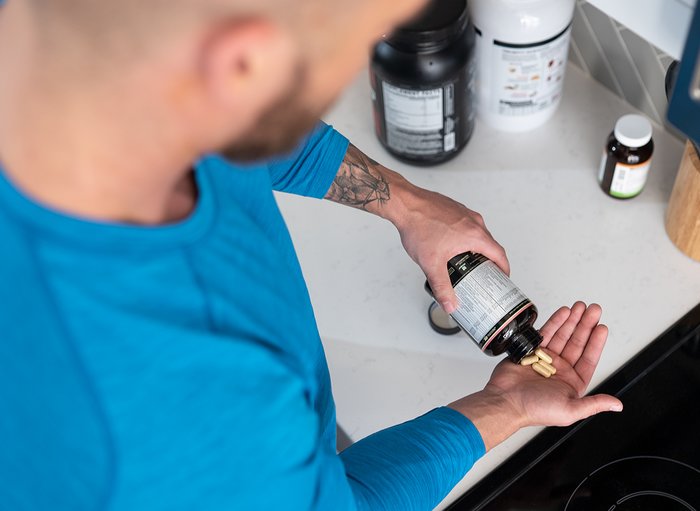
The Science of Shelf Life Testing
The most accepted method for determining a product's shelf life is to put several representative lots of the product into what's referred to as "stability chambers" and analytically test each lot at various intervals over time. Most commonly, this involves using the International Conference on Harmonisation of Technical Requirements for Registration of Pharmaceuticals for Human Use (ICH) methods applied to new drug substances and products.
Stability chambers look a lot like the stand-alone drink coolers you'll find at your gym or a convenience store, but they control temperature and humidity 24/7/365. A product is tested immediately after production, and then at various timepoints over the duration of the stability testing conditions: ambient, accelerated, and intermediate.
Ambient is like saying "normal" storage conditions, where one year of stability under ambient conditions provides one year of shelf life on a product's labeling. Accelerated dramatically ramps up the heat and humidity, so that three months under accelerated conditions is equivalent to one year of shelf life. Intermediate is just as it sounds; a happy median between ambient and accelerated where six months of stability is equivalent to a one-year shelf life.
If there's a date on your product, it means someone else has almost assuredly done this, and that means one less thing for you to worry about. But if you are worried, use your head, use your nose, use common sense, and use the decision tree. And when in doubt, throw it out!

